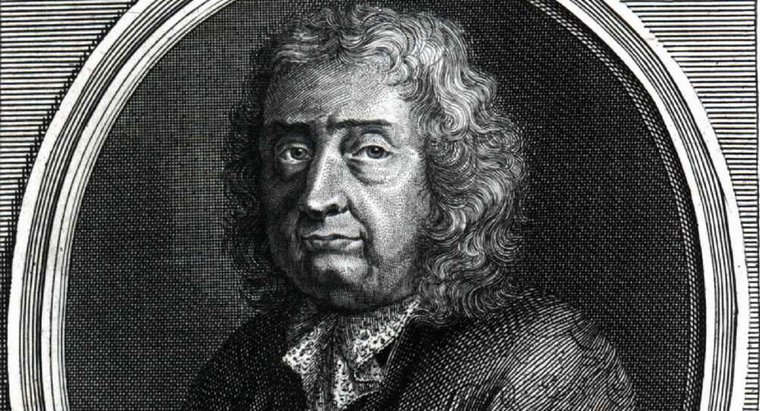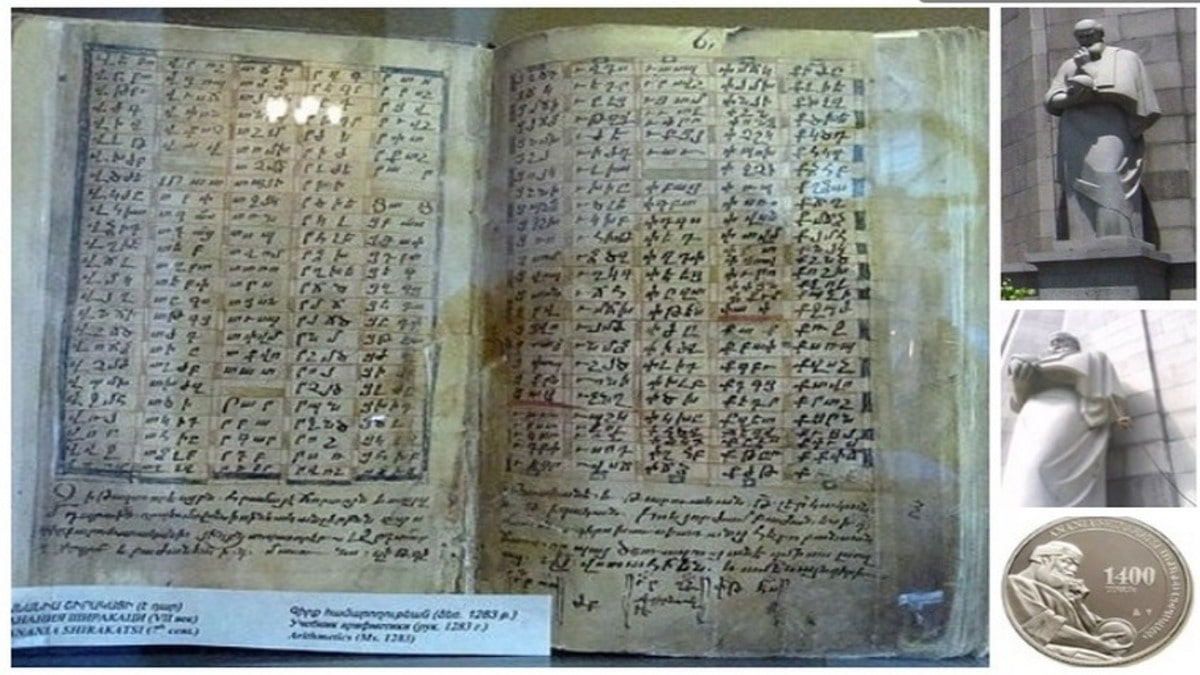 French merchant and traveler Jean-Baptiste Tavernier visited the East six times – in particular, Turkey, Persia, and India – between 1631 and 1668. Tavernier not only conducted trade affairs but also made valuable notes about the cities he had visited, as well as made sketches that would be reproduced in the form of engravings.
French merchant and traveler Jean-Baptiste Tavernier visited the East six times – in particular, Turkey, Persia, and India – between 1631 and 1668. Tavernier not only conducted trade affairs but also made valuable notes about the cities he had visited, as well as made sketches that would be reproduced in the form of engravings.
In 1676, his notes were published in France in the two-volume work “Six Voyages” (“Les Six Voyages de Jean-Baptiste Tavernier”). In 1677, the English translation of the book was published. In the future, the work of Tavernier which contained quite a bit of historical and ethnographical information would be republished several times.
Tavernier made his first trip to the East around 1631-1633. He visited Yerevan – then part of Persia – and the Mother See of Holy Etchmiadzin. The French traveler presented the information collected during the trip in the first volume of the “Six Voyages”, in a chapter which was devoted to Persia.
We present to you two prints from the book of Tavernier, one of which depicts a model of Yerevan and the other a general view of the city. The first engraving can be considered the first mapped and printed plan of Yerevan. In 1679, due to a strong earthquake, most of Yerevan suffered, and therefore, Tavernier’s engravings are of great historical importance.
If you look at the engraving, you can see the names of Yerevan buildings in Latin and the corresponding explanations in French. The right side shows the Yerevan fortress with all its buildings (today, this territory is occupied by the factory of the Armenian brandy manufacturer Noy), as well as the Red Bridge over the Hrazdan River (now dilapidated).
On the hill, on the opposite bank of Hrazdan, the gun battery of the fortress is depicted (today, it is the city’s Noragyuh quarter). Here, you can see the famous Dalma Gardens along with Getar with two bridges and the Nork hill above the fortress. At the foot of the hill, as Tavernier writes, ran a road that lead to Tiflis (Tbilisi, the capital of Georgia).
On the left side of the engraving are the city blocks and streets of Yerevan. One of the streets – Astafyan (now Abovyan) – was marked by Tavernier as “the territory inhabited by Armenian Christians.” In the upper left area of the map are two Armenian churches. These are the oldest churches in Yerevan – Katoghike Surb Astvatsatsin and the Church of the Holy Apostles Peter and Paul (destroyed in 1930. Now, Moscow cinema stands in its place).
One of the oldest districts of Yerevan, Dzoragyugh, is clearly visible on the engravings of Tavernier. It was located on the left bank of Hrazdan where Surb Sargis Church now resides. In Dzoragyuhh once was a large monastic complex which included Churches of Surb Sargis, Surb Gevorg, and Surb Hakob.






